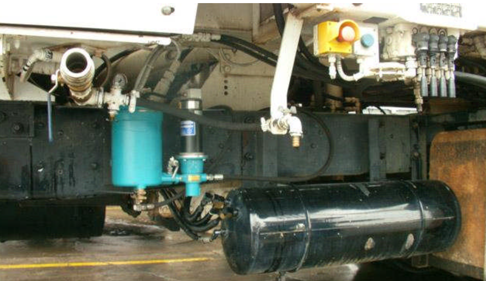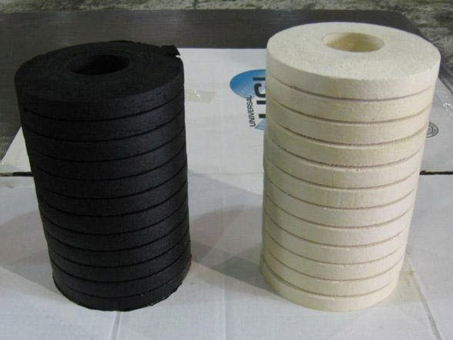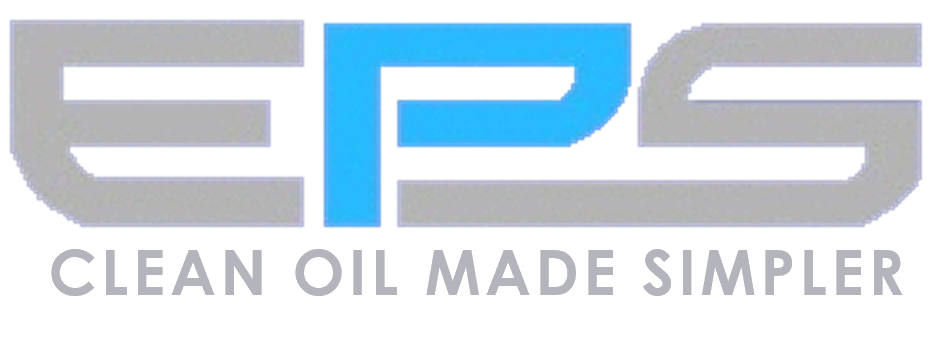This fantastic case study, originally penned by Steffen D. Nyman of C.C. Jensen, discusses the implementation of offline filter and oil condition monitoring.
Introduction
Nichols Concrete Equipment boasts a rich history in concrete pumping. Situated in Pelham, Alabama, the site hosts 18 concrete boom and line pumps, while its five service centers collectively house 55 trucks. Each truck is powered by the Mack AI ASET engine and transmission, where the largest in the fleet features a 61-metre (200-foot) boom and seven axles. Nichols was interested to improve its maintenance using an offline filter couple with oil condition monitoring.

The Service Manager Bernd Ben Schlicter says “The oil systems on the cement trucks are working under severe conditions. In 2008, we decided to start focusing on our maintenance costs, and we took a closer look at the engine lube oil. Of course, we changed the oil as recommended in the manual, but I believed there was a superior way to take care of the dust, wear particles and soot challenges than just changing the oil.”
A common misunderstanding is that oil needs to be changed after a fixed time, miles or hours in operation. The wiser strategy is condition-based maintenance (CBM), which means only changing the oil when an oil analysis says that you need to – and not due to contamination, because you can easily get the dust, wear particles, water and oil oxidation (varnish) under control by fitting a good-quality offline filter (kidney loop).
Exploring On Offline Filters and Oil Condition Analysis
Nichols collaborated with C.C. Jensen Inc. (CJC) to investigate its lubricating oil issues. Initially, they focused on hydraulics, installing offline filters that effectively reduced particulate and water levels. This led to improved performance and extended oil and component life.
For engine lubrication, it’s recommended to change oil based on factors like the oil’s neutralization number (BN/AN), additive depletion, fuel dilution, soot level, viscosity issues, or if incompatible oils have been mixed. These factors can be assessed through used oil analysis, which was precisely recommended for the Mack engine lubrication. Instead of the conventional 300-hour oil change interval, an oil sample was taken and sent to a lab capable of analyzing particle counts in ISO codes.
The Offline Filter Installed And Save An Engine
An offline filter was mounted on the frame of the cement truck. The filter draws oil from the bottom of the engine sump through a hollow drain plug and returns the polished oil back to the engine through the oil filler tube.

Since the filter effectively removed lube oil contaminants, Schlichter decided to experiment with extending the interval between oil changes. He collected oil samples every 300 hours, and as long as the oil maintained its quality, he left it in the engine. The engine ran on the same lube oil for 1,300 hours, with its properties remaining intact, except for a rise in soot level at 900 hours.
“The oil sample taken at 900 hours showed an increase in soot (insolubles),” Schlichter says. “The filter was doing its best to keep up, but the soot level in the oil was abnormally high. We found that this soot problem was caused by an improper valve adjustment, so we fixed it.”
Beginning this condition-based monitoring program, Nichols Concrete Equipment affirmed the critical role of offline filter and oil analysis in ensuring the reliability of their boom trucks.

Consequences For Not Having Offline Filter and Oil Condition Monitoring
Meanwhile, on one of Nichols’ other boom pumps, a similar valve problem occurred. “Unfortunately, we hadn’t fitted a CJC filter on this engine, nor did we do oil analysis, so the valve maladjustment got so bad that it caused severe engine damage,” Schlichter says. “If we had a CJC offline filter on this engine and had been watching the oil analysis just like we did on the one with the CJC filter installed, we could have avoided this engine failure, costing us $7,700 to repair. We have learned that condition-based maintenance is the way to go – not only because the engine lube oil will last much longer, meaning less oil waste, but also because it can save us from doing expensive engine overhauls.”

